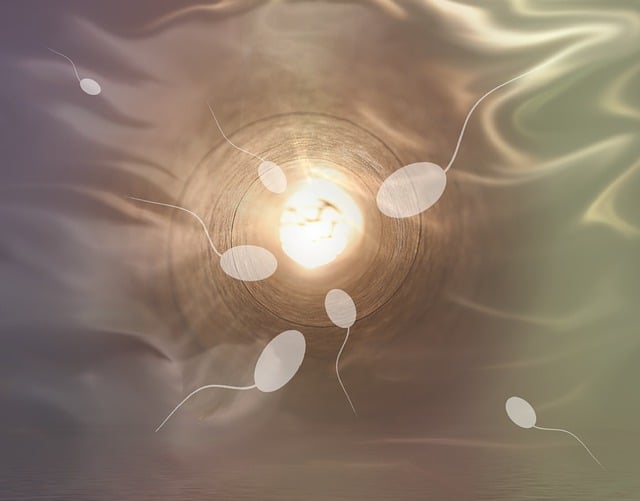So, what exactly is a chemical pregnancy? And how can you tell if you’ve experienced one? These are crucial questions to consider when you’re on your journey to becoming a parent.
First off, it’s important to know that chemical pregnancies are quite common. In fact, 50-75% of all miscarriages fall into this category. You might have had one before without even realizing it! Typically, if you notice heavy bleeding shortly after getting a positive pregnancy test, it’s likely you’re going through an early miscarriage, or a chemical pregnancy.
Here’s how it works: when a fertilized egg implants in the uterus, cells start producing the pregnancy hormone hCG, which is what shows up in pregnancy tests. If the implantation doesn’t complete successfully and the pregnancy isn’t viable, your body will shed the uterine lining, usually about a week after your expected period. This is why some people may not even recognize that they’ve had a chemical pregnancy.
What Are the Symptoms?
Symptoms you might experience include cramps that can be as intense as, or even stronger than, menstrual cramps. You may also encounter heavy bleeding, which could include dark red or even blackish clots. Since a chemical pregnancy occurs before the development of a gestational sac or placenta, there won’t be a heartbeat visible on an ultrasound at this early stage. If you’re noticing light spotting or light bleeding after your positive test, it might just be implantation bleeding, which is normal. However, if you’re uncertain and suspect you may have had a miscarriage, it’s always a good idea to consult your healthcare provider.
Why Do Chemical Pregnancies Happen?
Chemical pregnancies are nature’s way of eliminating embryos that aren’t developing properly, often due to genetic or chromosomal issues. Other factors like problems with the fallopian tubes, uterine lining, egg quality, or low progesterone levels can also contribute to early miscarriages.
Experiencing an early loss can be very emotional and confusing, but remember: just because you had a chemical pregnancy doesn’t mean you won’t be able to conceive successfully in the future. It’s often reassuring to know that these early losses are typically due to chromosomal abnormalities and are beyond your control. When you’re ready to try again, it’s possible to ovulate and get pregnant as soon as two weeks after a chemical pregnancy.
When Should You Seek Help?
If you’ve experienced a miscarriage, it might indicate an underlying medical issue that may warrant a visit to a fertility specialist. Conditions like PCOS, endometriosis, thyroid issues, and low egg quality can increase miscarriage risks. If you suspect any of these issues or have recurrent pregnancy losses, it’s wise to seek medical advice. If you’ve only had one chemical pregnancy, reaching out for guidance can still be beneficial.
For more terms and definitions related to pregnancies, check out this comprehensive glossary. And if you’re interested in home insemination, you can find a reliable kit at this site. For further resources on treating infertility, the American College of Obstetricians and Gynecologists offers excellent information.
In summary, understanding chemical pregnancies can empower you on your journey to parenthood. While they can be disheartening, many people go on to have healthy pregnancies afterward. Always consult with your healthcare provider if you have any concerns or questions.

